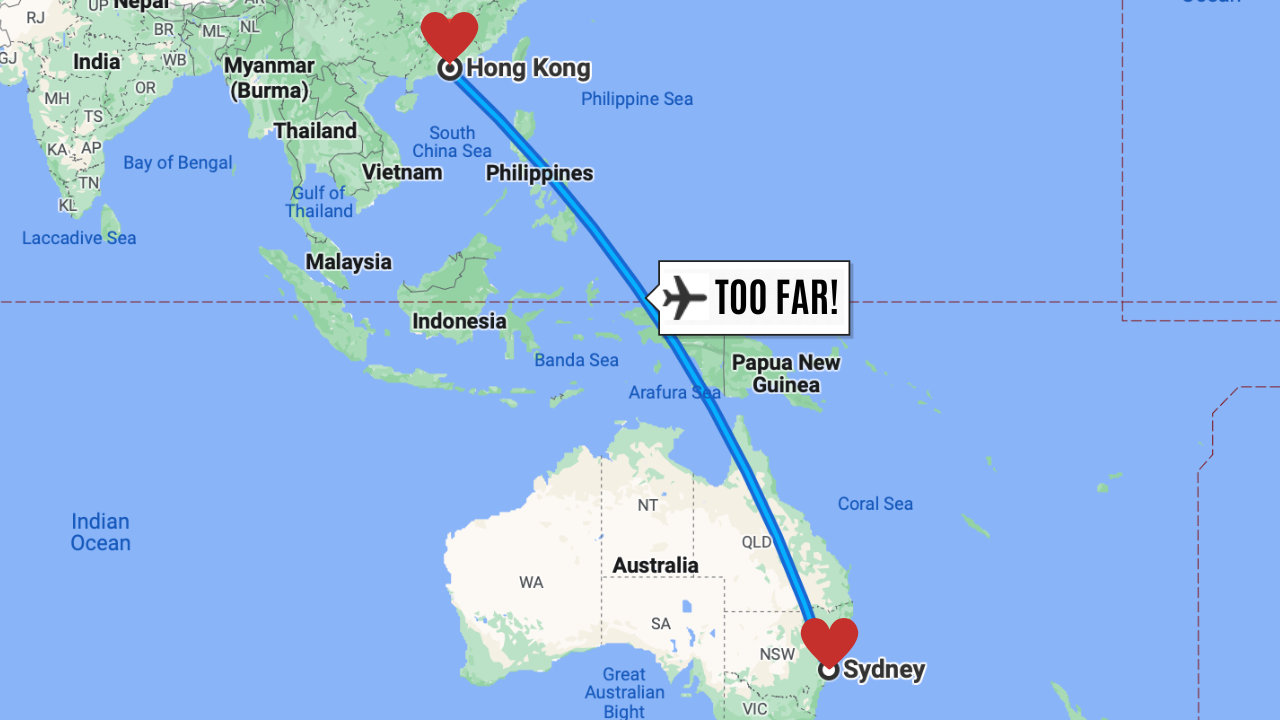Going the distance (surviving a long distance relationship)
People hear long distant relationship and think: the end, its over, cant work. A relationship is the space between two people. And doesnt matter how big that space is, its about how you manage that space that counts.
We are wired to feel stress, sadness and pain when away from our attachment figure. Chronic separation due to long distance leads to loneliness, sadness, jealousy and anger. Its the prolonged uncertainty that takes its toll on couples – there's only so much one can take being kept in limbo before needing to seek solid ground. Its best to make a plan - this combats uncertainty and gives hope, to have certainty in amongst uncertainty.
Making a plan means making a compromise. And compromise never feels perfect. The pathway to compromise is finding common ground and negotiating the space you are flexible with. It could mean one partner sacrifices for the other, it could mean trading (if you get this, I get that) or if a compromise can’t be reached, it could mean separating – separation is saying: my needs are more important than this relationship.
The reality is love on it’s own isn’t enough to make a relationship work. Some circumstances just don’t allow for a relationship to flourish. It’s not the relationship, it’s the situation. Its sometimes an unfortunate part of life. Look to separate well.
Packaged with a long distance relationship is ambiguous loss – your partner is physically absent but psychologically present (but in actuality is fully available). You’re going through unresolved grief. There’s been no closure to that lost part of the relationship, it’s ongoing, and there’s an oscillation between hope and hopelessness.
In long distant relationships you aren’t able to construct memories together in the same way and you lose out on the small incidental moments. Research shows making the time to see each other at least once a month bolsters relationship satisfaction. It doesn’t have to be a huge amount of time invested. Its not the quantity of time, but quality of time. Look to create new and diverse memories in that time.
Outside of that, parrallel play helps couples establish connection – thanks to technology, we can be in the presence of each other online, not talking about anything in particular, not meeting with any intention - this may sound insignificant but its the small moments that make up for the majority of a relationship, and it’s these small moments that lack in long distant relationships.
One of the biggest fears for long distant couples is that they will grow apart, and rightly so. Not only because new memories aren’t constructed and lacking small incidental moments, but just naturally through time we grow as individuals, and if you don’t bring your partner along, you begin to live diverging lives. Communication is key to connection.
One of the biggest relationship myths is your partner being your one and only. That 1+1=1, that you should spend every waking moment with each other and be able to complete each others sentences. That your partner is the answer to all your needs. They are your partner in crime, your best friend, your confidant, your source of entertainment, comfort and happiness. This belief only serves to set you up for disappointment and stops you from honouring your needs. It’s healthy to have alternate sources to meet your needs – whether in a long distant relationship or not.
No doubt long distance relationships has it’s own set of unique challenges, but no relationship is without its problems. Choosing a partner is choosing a set of problems. It’s about how you navigate those problems that determines relationship success. I hope this helps with your relationship going the distance.

